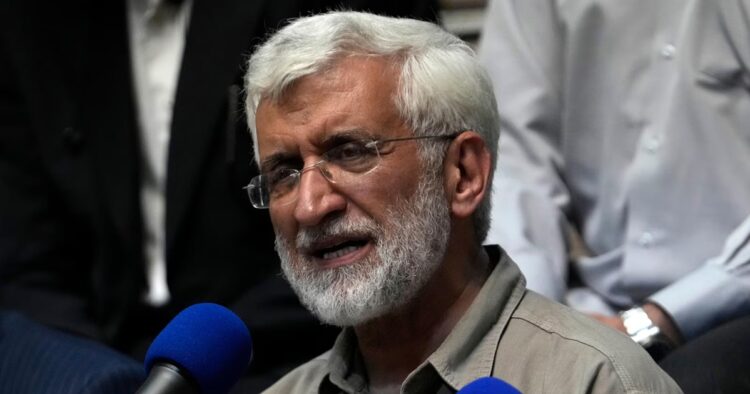As Iran approaches its runoff presidential election, a comment from Masoud Pezeshkian’s campaign has sparked concerns over possible increases in government-set gasoline prices. Pezeshkian is a reformist candidate, and his campaign head, Ali Abdolalizadeh, suggested that a potential Pezeshkian presidency might raise fuel prices. This is a sensitive issue in Iran, where previous price hikes have led to widespread protests.
Economists have long argued that Iran needs to reform its subsidy system, which costs the government tens of billions of dollars each year. In 2019, a similar increase in gasoline prices led to mass protests and a violent crackdown. The unrest intensified after the 2022 protests over the death of Mahsa Amini, who died in police custody.
Abdolalizadeh assured journalists that any price hikes would be handled calmly and cooperatively by the people. However, hard-liners accused Pezeshkian of planning to raise fuel prices by eight times. Pezeshkian’s camp countered by claiming that his opponent, hard-liner Saeed Jalili, would increase prices by twelve times.
Jalili’s supporters warned against any price hike, emphasizing that they did not want petrol prices to reach 250,000 rials per liter, equivalent to 40 cents per liter or USD 1.55 per gallon.
Regardless of who wins the election, it is likely that fuel prices in Iran will rise. In 2019, Iran increased the minimum gasoline price by 50% to 15,000 rials per liter. Due to the depreciation of the Iranian currency, this now equates to just 2 cents per liter.
After a monthly quota of 60 liters, the price doubles, but it remains very low compared to global prices. In contrast, the average price of gasoline in the US is USD 3.50 per gallon.
In 2022, Iran spent USD 52 billion on oil subsidies, the highest amount in the world according to the International Energy Agency. This accounted for 36% of Iran’s GDP, or USD 127 billion, in subsidies for oil, electricity, and natural gas. Despite the financial burden, cheap gasoline is seen as a birthright in Iran, which holds the world’s fourth-largest crude oil reserves. This helps keep costs low for many Iranians who drive taxis to make a living.
The 2019 protests saw demonstrations in about 100 cities and towns, with significant property damage and a crackdown that resulted in at least 321 deaths, according to Amnesty International. Thousands were also detained. The protests in 2022 over Mahsa Amini’s death led to over 500 deaths and 22,000 detentions, reflecting the growing unrest in Iran.
ALSO READ: “Iran’s Presidential Election Heads to Runoff After Record-Low Turnout”
Many Iranians are anxious about potential fuel price hikes. Rasoul Kashani, a 45-year-old taxi driver, expressed his frustration, saying he might use fuel to set fires if prices rise. Shahrooz Imani, a 41-year-old mother of three, plans to vote for Jalili, believing he cares more about the poor. She fears that higher fuel prices will make even necessities unaffordable.
Abbas Irani, a bookseller in Tehran, also worries about the impact on the poor. He fears that another price hike could force people to flee to neighboring countries for work. Mahdi Robati, a business analyst, warned that Jalili’s policies could have disastrous economic consequences, comparing them to the severe economic damage caused by Mao Zedong in China.
Iran’s upcoming presidential election has heightened concerns over potential fuel price hikes. While candidates debate their plans, many Iranians fear the economic and social repercussions of any increase in gasoline prices.

















Comments